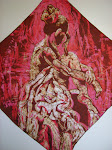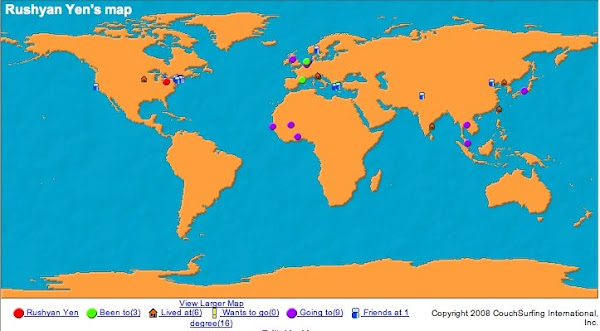The beautiful fabrics created in the Nishijin district of Kyoto are a symbol of Japanese tradition. These textiles developed through the course of 1,000 years of Kyoto's history as the capital of Japan. Although they are most famous for Nishijin-ori (Nishijin weaving), I was able to discover a few rozome artists in their midst.
Although the shop and museum left a little to be desired, the kimono fashion show I saw made the trip more than worthwhile. What a dazzling display of colors, fabrics and designs!
Nishijin HistoryAbout 1,500 years ago, a branch of the powerful Hata clan, the descendants of the immigrants from the continent, arrived in this area. With their arrival, the Kyoto basin became central to Japan's history. Settling in the Uzumasa district of west Kyoto, they brought with them new farming methods, as well as knowledge of silkworms and the manufacture of silk fabrics. The economic power of the Hata clan was a strong motive behind Emperor Kanmu's decision to move the capital to this area 12 centuries ago.Much of Kyoto, including the weaver's district was destroyed by fire during the Onion War in the 15th century. The weavers returned to Kyoto after the war ended however and one group settled in the Omiya area, on the site of the western army's main camp during the Onion War. This later became known as Nishijin (western camp) textile district.Kyoto, including the Nishijin district, declined with the civil and political disturbances of the Imperial Resteration in 1868 as well as the transfer of the capital to Tokyo. However, as Japan began a period of rapid modernization, the Nishijin district also revived with new energy, Aided by the Kyoto Prefecture government, the Nishijin district soon introduced modern, Western-style industrial methods. In 1872, Tsuneshichi Sakura and other representatives were sent to study in Europe. They brought back new technology from France and Austria, such as the jacard loom and the slying shittle. Modernization of the Japanese silk textile industry thus began in Nishijin. Western technology was firmly entrenched by about 1888.










No comments:
Post a Comment